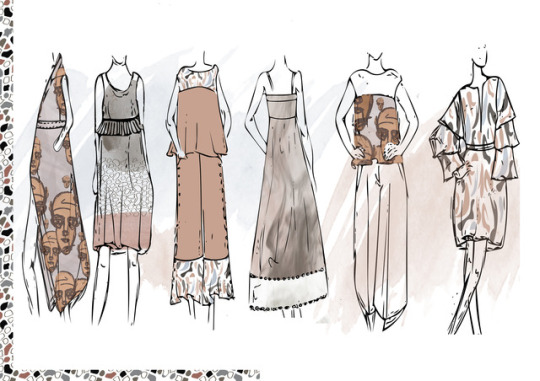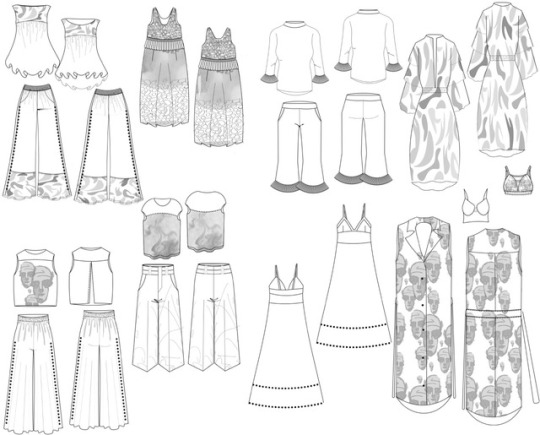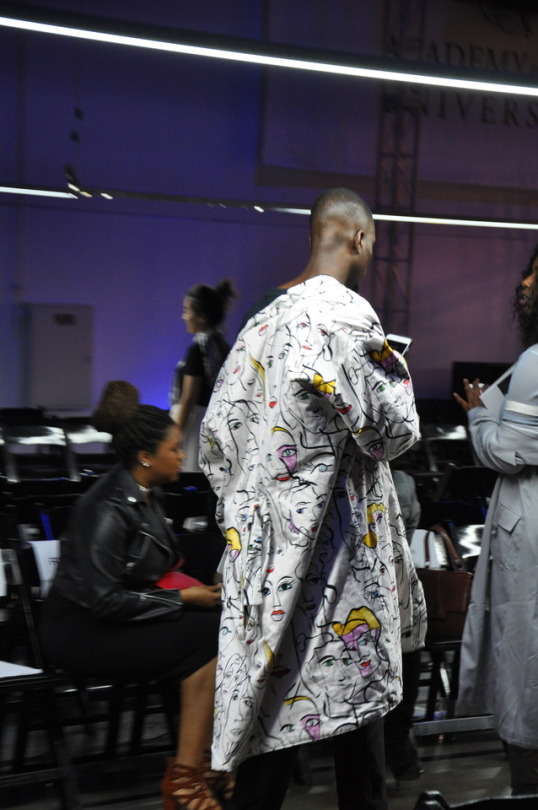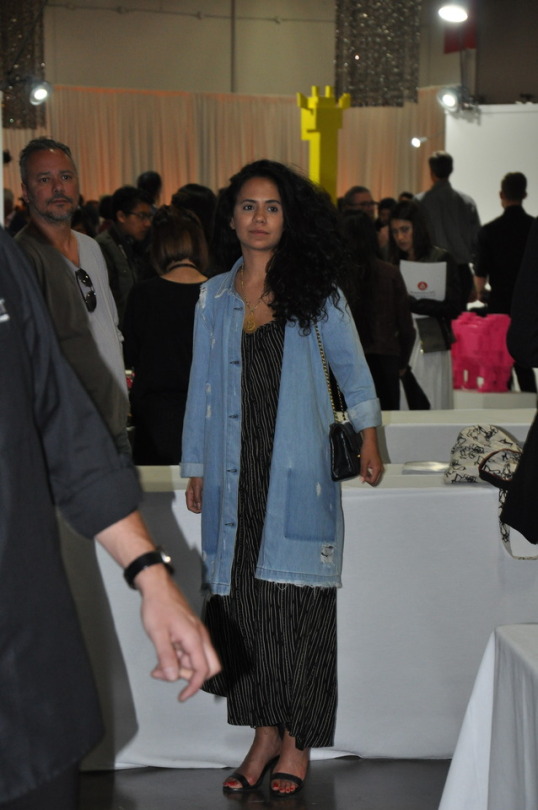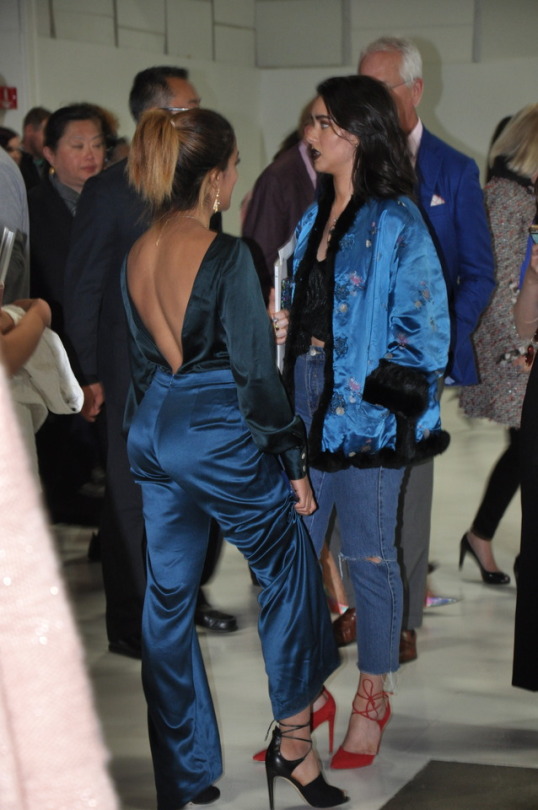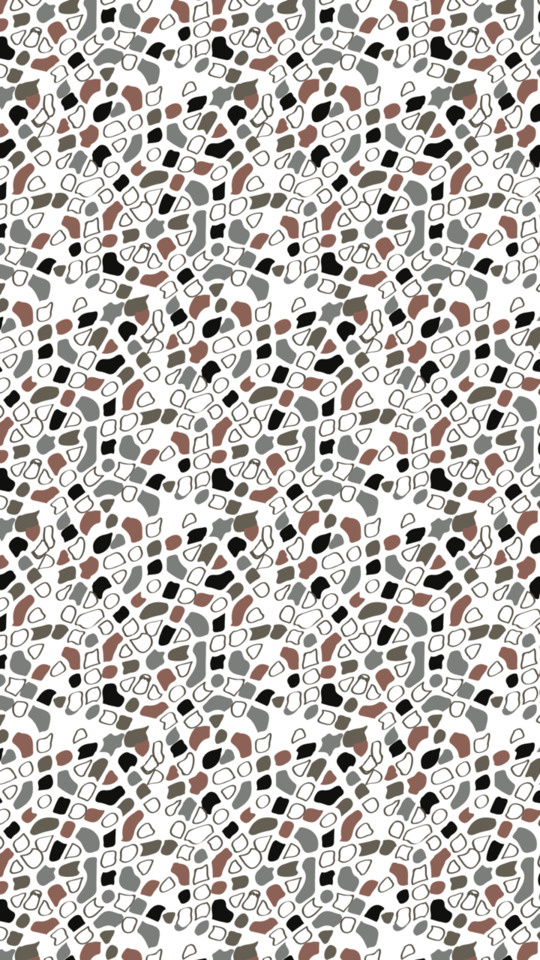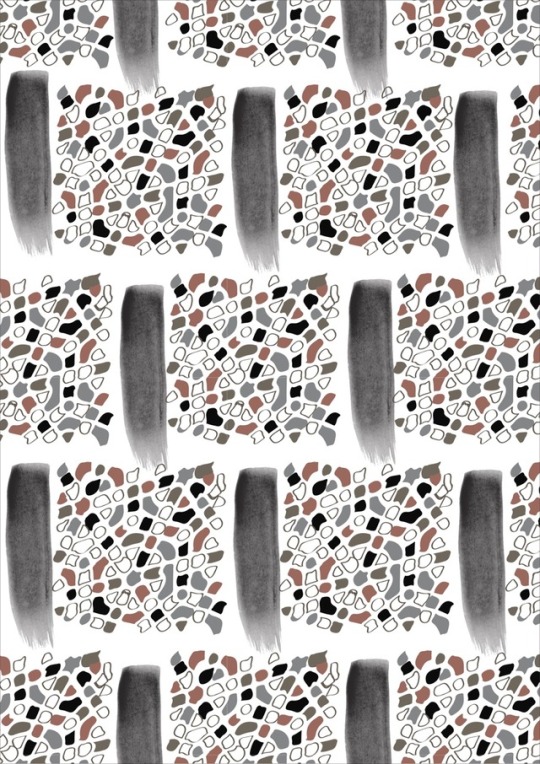Text
Judith Van Den Hoek



Judith Van Den Hoek
Based in Gouda, in the Netherlands
Generally, she used black and white colors but places emphasis in one another color, for example, yellow or red.in spite the fact that in her illustrations there are no accurate lines it doesn't prevent her to do her fashion illustrations
Minimalism and simplicity are what make Judith van den Hoek’s fashion illustrations stand out. One or two simple yet perfectly drawn lines help her to convey beauty, sensuality, and creativity straightforwardly. From there she adds just the right amount of color and detail to make the image feel fresh and exciting, bringing to it a personal touch.
0 notes
Photo
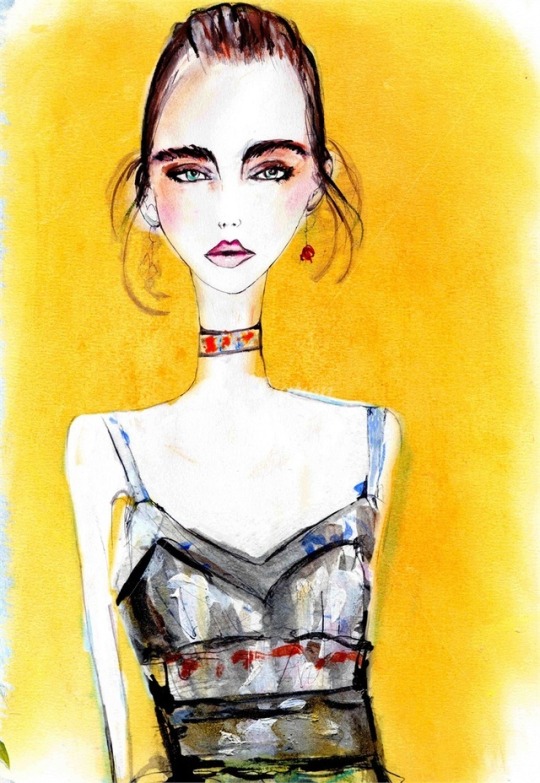


Lucia Emanuela Curzi
Based in London, Lucia Emanuela Curzi focused on producing fashion and beauty illustrations across design, advertising, and textile.
The elegant lines of black ink and splashes of color in the perfect union of fashion meets art. I like that her drawings are simple and at the same time executed very interestingly. And her peculiar relation to proportions.
1 note
·
View note
Text
Nuno DaCosta
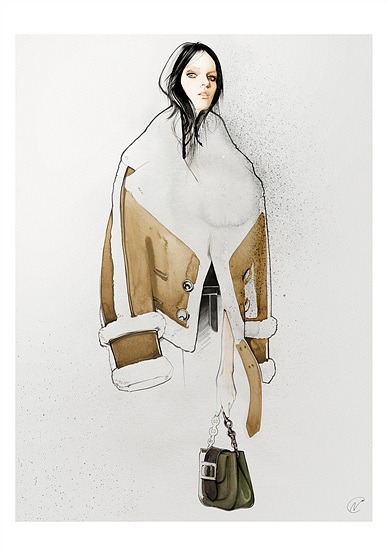
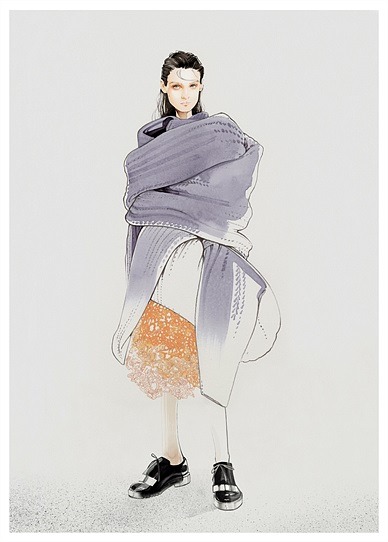
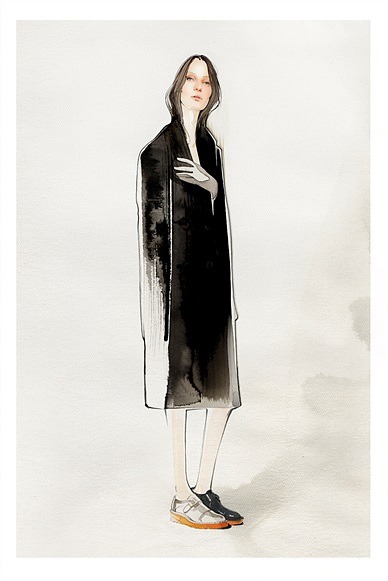

London based, self-taught illustrator Nuno DaCosta specializes in fashion and beauty illustrations.
His work is very fluid, feminine and fashion inspired. I like the way he draws the faces so emotional, I love the skin tones and sharp, angular faces. Nuno’s illustrations fall mainly into two categories, color and black and white brush work but always retain their up to the little sense of style.
0 notes
Photo
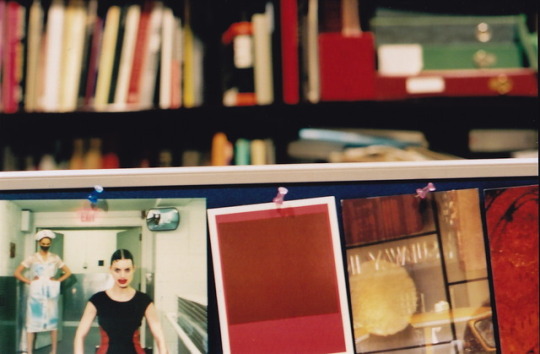
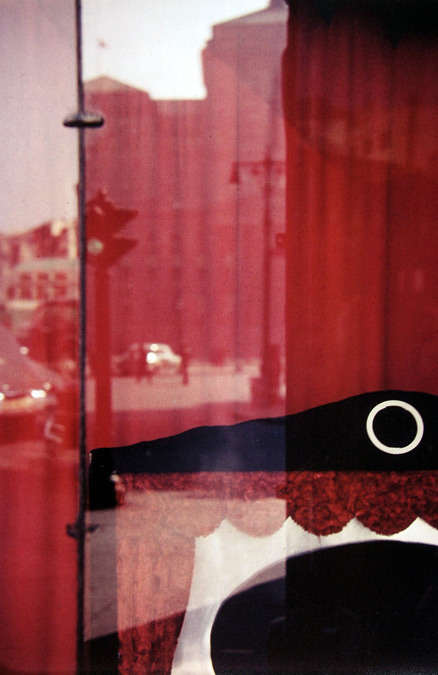

Saul Leiter
I like the ambiguity of his pictures, the colors he used as the main colors.
0 notes
Text
Andreas Gursky


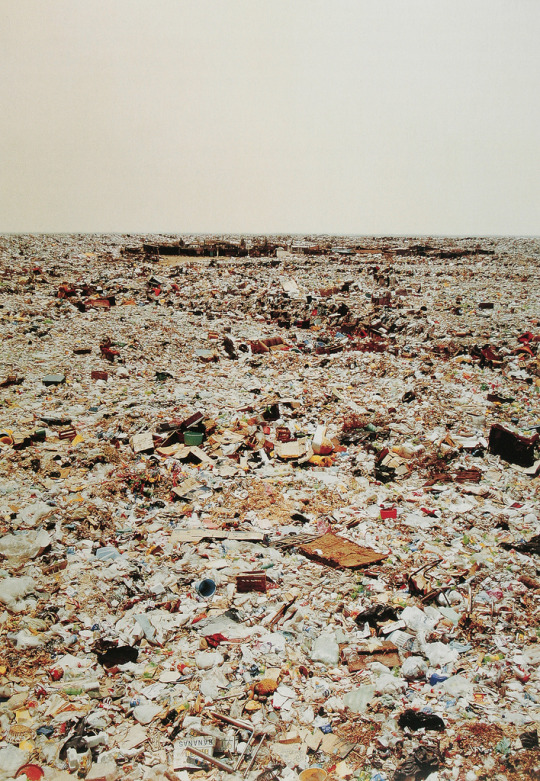
Andreas Gursky 1955
This photographer, with the help of the camera, saw a post-industrial society as a single organism, working in an ideal rhythm. People are indistinguishable from their own kind, merging into the common mass. Only by looking at photos in full size - you can see the faces.A unique color vision of the world gives more emotions to the pictures. He Tries to add similar fragments to the composition pattern, and finally - the photographer is able to show something special from the image of banal things.
0 notes
Text
Elliott Erwitt


Elliott Erwitt [July 26, 1928, Paris]
The most talented author of black and white photographs.
His work: lively, emotional, with a sense of humor and deep meaning, conquered the public of many countries. The uniqueness of the photographer's technique lies in the ability to see the irony in the world around him. He did not like the production staff, he did not use retouching and worked only with film cameras.
Animals, people, scenes, gestures - everything shows irony and humor. Elliott never described his photographs, indicating only the year and the place of shooting. "Explaining the image is like explaining a joke. As soon as you explained it, immediately she dies "- the photographer himself said.
0 notes
Photo
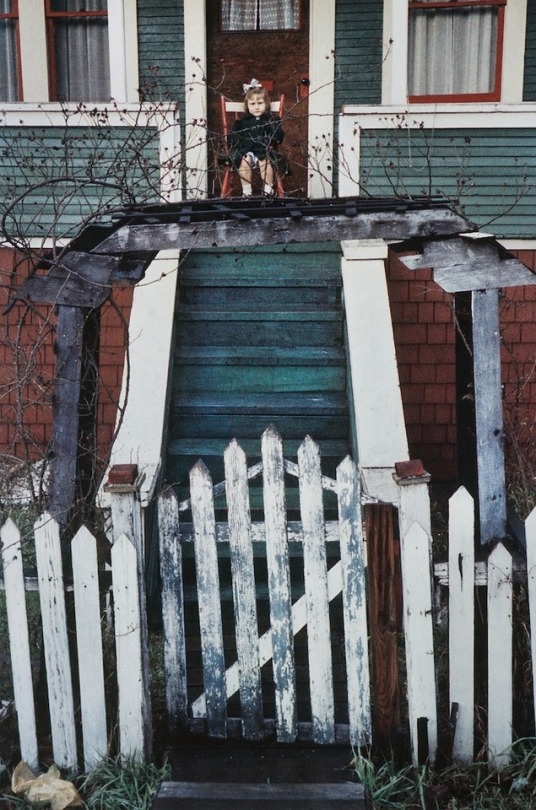

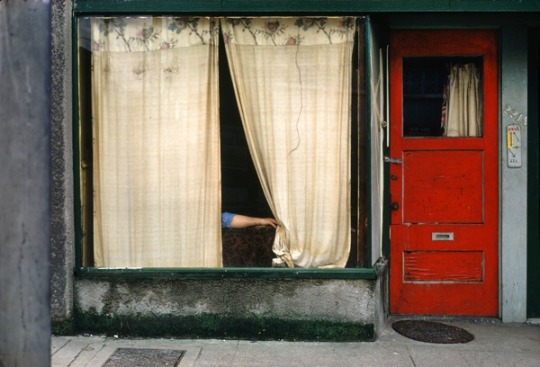
Fred Herzog
Canadian photographer Fred Herzog began to shoot in the distant 50's but became known half a century later, after his work was shown at the Art Gallery of Vancouver. Street photography was his hobby.
The photographer fixes attention on the most usual things - the nuances of everyday life. It is interesting that similar plots are present in modern photographers. But the main difference between Herzog's works is that his work is permeated with positive.
I like the colors he used: Olive, beige tones with interspersed red. He has several similar tones next to each other, but from this, his work does not seem monotonous. Fred Herzog made color the primary tool of photography, long before the color photograph has been severely considered as an element of artistic creation.
5 notes
·
View notes
Photo
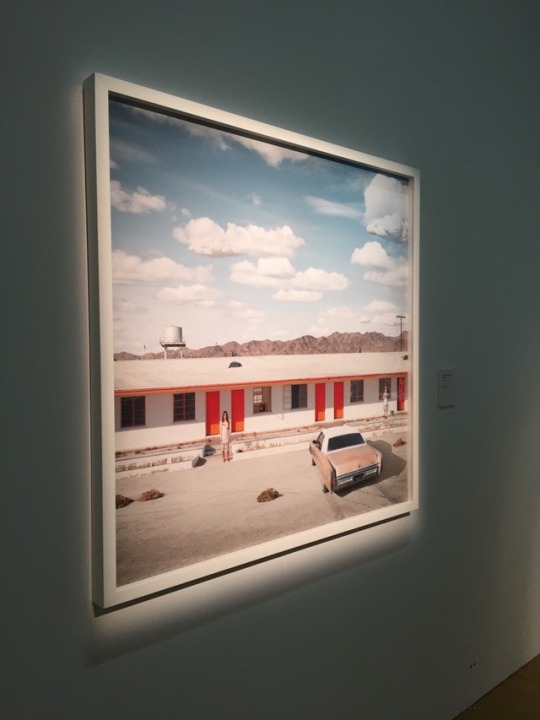



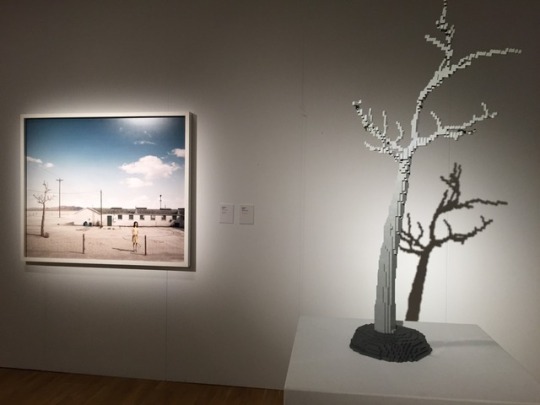
The art of the brick - Moscow exhibition It is incredibly beautiful. These expositions force to see what you wouldn't see earlier. It is deep meaning of details. The complexity lets know, how important and it is necessary to pay attention to small details. And also colors play an important role ... Ability to transform this common toy into something meaningful, his devotion to spatial perfection and the way he conceptualizes action, enables him to elevate what almost every child has played with into the status of contemporary art.
1 note
·
View note
Text
The Trend Forecaster’s Handbook: Chapter 5 Précis
CULTURAL TRIANGULATION
Chapter five of Martin Raymond Trend Forecaster's handbook analyze the processes of cultural triangulation. Cultural triangulation is more strategic and structured approach trend forecasting method. Nowadays it's becoming more popular by global brands. Because cultural triangulation includes more different analysis such as "hard skills" - statistician and economist and 'soft skills' - intuition, aesthetic brailing and cross-cultural analysis. By using multiple methods in forecasting trends, it gives credence to results by looking deeper into research.
Cultural triangulation includes three different processes. These are Interrogation, Observation, Intuition.
The Interrogation stage -
The interrogation stage is at all times about interrogating people and all data to determine the importance of new trends.
Process 'information amnesty' is the initial stages of the triangulation when trend forecasters investigate the clients. This phase includes different methods of questioning such as street questionnaires or surveys etc. by Early Adopters or Innovators.
The ‘question’ being asked can be anything that relevant for the forecasters but sometimes what the client considers appropriate, and the trend forecasters can be different. Because of that forecaster should prepare questions correctly for more efficient results.
The trend forecasters collect and analyze all information from people and customers by exploring them.
From the information forecaster will find, the real problems can be discovered, and new questions will be considered. It will help trend forecasters find an idea about new trends and future. By using diplomatic attitude and cross-questioning all useful information will be obtained from the clients.
Quantitative surveys -
After the forecasters researched all issues, there is a stage to find customers characteristics and habits. For example ages, the percentage of male to female members, the income of the people in the group, the region in which members of the group live, the ethnicity, sexual orientation of the group, social and political views.
The observation stage-
'Ethnographic mapping' process known as observation of the lifestyle.
This is the more commercial form used by trend forecasters to carefully learn the behavioral activities of an individual customer or a group of clients to better understanding their motivations.
Trend forecasters can conduct researches by several ways:
__ by identifying a ‘typology.’
__ by asking customers to keep diaries
__ by asking the target to photograph.
At the end of the observation stage, forecasters, as well as customers, identify the main character to follow the trend and have the wider knowledge about the trend and brand.
The intuition stage-
The final step after all triangulations methods is 'intuitive wrap' an extra layer of opinion derived from the forecaster’s extensive knowledge of the wider problems set to impact on consumer behavior.
Triangulation allows trend forecasters to conduct researches with more exact results, by using a broad range of skills.
In conclusion, Cultural triangulation is a methodology that involves using more accurate skills and processes – interrogation, observation, and intuition. It helps trend forecasters make the correct analysis of the future.
0 notes
Text
Martin Raymond's "Trend Forecasting Handbook" - Chapter 3
The third chapter of Martin's Raymond Trend Forecasting Handbook explain the intuitive forecasters thinking, the process of thinking. Intuitive forecasters people who can forecast the trend easily they just see an idea without much research. But they are almost the same people as forecasters in general, they just not following a specific strategy. They come to conclusion without a reason how and why they got there. But it work . This chapter help us to be more informed about the research process of the forecasters. As it was proved by scientists that in the process of thinking involved both halves of the brain. Not like a lot of people believed that the left and right hand side of the brain responsible for different skill sets. The neuroscientist Eric Kandel has found a process "FMRI" - visualization the thought process . It show that when the brain is engaged in rational or creative tasks, both halves are working and speaking to each other. There are tree different types of intuition, gut, expert and strategic intuition. The first type of intuition is the Gut intuition considered as ordinary, can be explained as daily basis brain thinking, when people subconsciously access to the brain parts and recall previous situations in order to make something new. Gut intuition helps the forecasters to identify that something new is coming , relaying on previous experiences. The second type of intuition is the Expert Intuition. This type of intuition develops with work experience in specific areas for a protracted period of time. It is an intuition that includes gut instincts, as well as experience, knowledge and skills you have gained while working in particular area. In other words brain takes what you already know and adds to what you have learned from others .Consequently many companies and organizations desire this because of the high level experience and knowledge.To develop an expert intuition forecasters need to concentrate on the area which interests more and develop the information. The third type of intuition is the Strategic Intuition. Strategic intuition was founded by William Dugan in 2007 during researching key historical figures. They always have an immediate response and clear ideas when there mind is relaxed. Strategic intuition identified personalities that can made quick decisions and it was right. Strategic intuition includes experiences what you know from past plus what you have learned from the present to imagine and creat the future. There are tree important activities including developing, honing and listening to the sense of " historical awareness' , 'presence of mind ' and ability to ' suspend logic '. At this point of the research, the intuitive forecasters will consult with specialists who will have more knowledge, to get ahead of their historical awareness. And the last step of the thinking process is the suspension of logic but for intuitive forecasters that is not necessary because they always add more and more new ideas and forecasts.
0 notes
